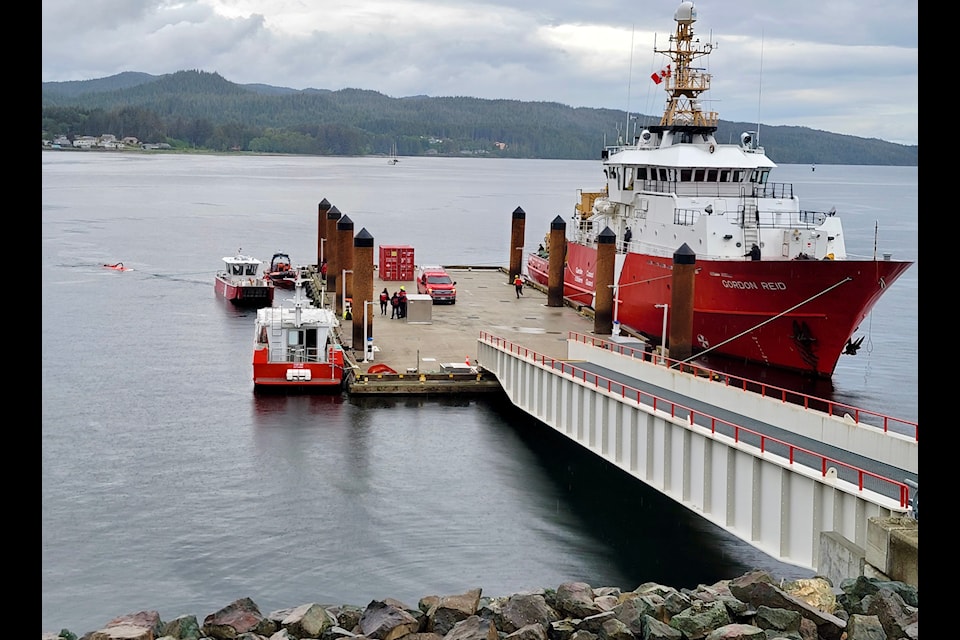A new expedition has begun to extract the oil stored in the USAT Brigadier General M.G. Zalinski Second World War shipwreck, aiming to reduce its ongoing threat to the surrounding environment.
On Oct. 10, Diane Lebouthillier, minister of Fisheries, Oceans, and the Canadian Coast Guard awarded Resolve Marine a $4.9 million contract to carry out the task.
“A 2023 technical assessment suggests there is approximately 27,000 litres of oil remaining within the wreck,” said Kiri Westnedge, a spokesperson for the Coast Guard.
The U.S. had employed the 77-metre ship M.G. Zalinski to transport army supplies and heavy fuel oil from Seattle to Whittier, Alaska, as part of the war effort in 1946. It struck a rocky outcrop and sank to the southeast of Pitt Island within 20 minutes.
Over the years, the Canadian Coast Guard has monitored the vessel, which sits 30-40 metres below the surface on a rock ledge.
In 2013, the guard extracted 44,000 litres of heavy fuel oil and 319,000 litres of oily water. In 2015, it returned to the M.G. Zalinski to remove 3,300 litres of oil, and again in 2018, removing 300 litres of oil.
Since then, the ship’s structure has deteriorated, causing previously inaccessible fuel tanks to collapse. This new state of degradation poses a substantial risk of releasing the remaining oil into marine ecosystems.
Westnedge says the guard enlisted oil spill response specialists, safety specialists, environmental and wildlife experts, traditional ecological knowledge, local experts, and others to assess the situation. They determined the best course of action is to conduct oil removal operations now to reduce the danger in the future.
“The contractor will attempt to remove as much of the remaining oil as possible,” she added.
Resolve Marine will use “hot tapping” to remove fuel from the tanks. Drainage valves will be attached to the hull, and a hose will be connected to the valves to pump the fuel out into holding tanks on a barge. This method has been successfully used on shipwrecks for many years, including the historic Nootka Sound shipwreck, MV Schiedyk, in 2021.
Westnedge says there is a small risk of an oil release during the process, but Canadian Coast Guard personnel will be on-site and ready to respond if needed.
“The marine environment where the M.G. Zalinski sank is challenging. In addition to very strong currents, tides and weather patterns, the Zalinski is sitting on the edge of a rocky shelf,” she said.
The Canadian Coast Guard is working closely with the Gitga’at and Gitxaala First Nations to incorporate their invaluable knowledge of the waters and lands. They will remove the oil over several weeks.



